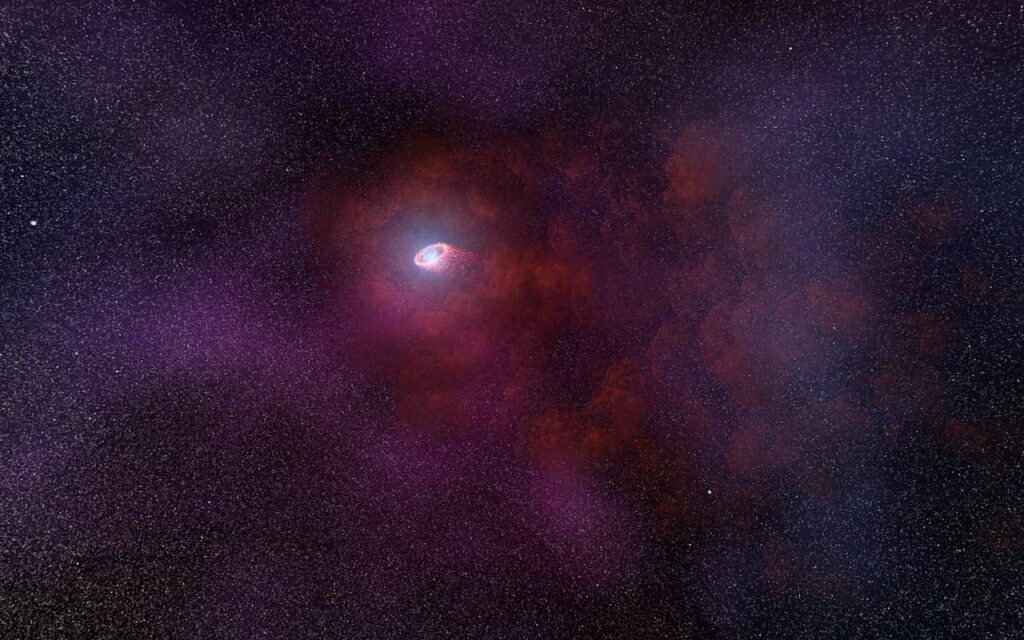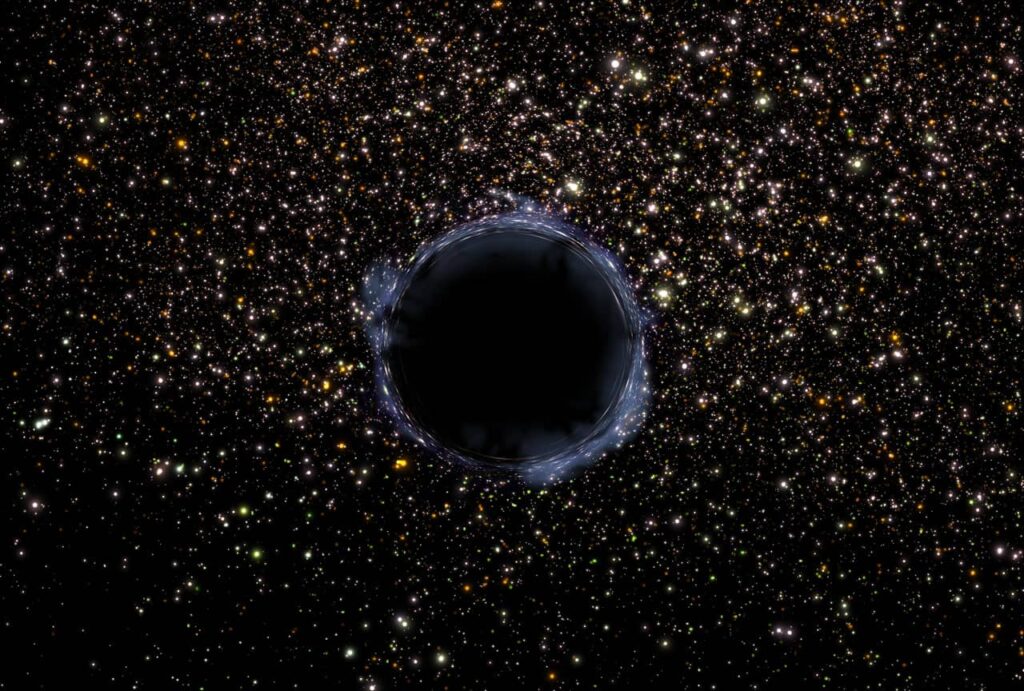We have already known about Stellar Evolution, the formation and death of a star (If not, Read the previous articles on Stellar Evolution Birth of a Star and Death of a Star). As we already know that stars die, but as they do so, they leave behind remnants, usually compact objects of some sort, like a white dwarf, neutron star or black hole. What kind of remnant it becomes depends on the initial mass of the star.
1. White Dwarf (The most common remnant)
A white dwarf, also known as a degenerate dwarf, is a stellar core remnant composed mostly of electron-degenerate matter. A white dwarf is very dense and small with its size comparable to that of Earth and its mass is comparable to that of the Sun. A white dwarf’s faint luminosity comes from the emission of its stored thermal energy as no fusion takes place in it.
As the white dwarf continues to cool and dim with time, it eventually becomes a Black Dwarf, a cold, dense, burned out cinder in space. A white dwarf is usually the core of a planetary nebula or supernovae, but at times a naked one is seen whose outer envelope has been expelled invisible a long time ago.

How is it formed?
When a star (with initial masses of less than 1.4 solar masses) forms into planetary nebula or supernovae, its carbon core, which continues to cool down is no longer able to continue the nuclear fusions in it, which leads it to become a white dwarf.
2. Neutron Star
Neutron Stars are extremely small and massive. Composed purely of neutrons packed together in a tight ball about 20km across, a typical neutron star is as big as a small asteroid or a terrestrial city, yet its mass is more than that of the Sun (1.989 × 1030 kg). As its mass is squeezed into such a small volume, neutron stars are incredibly dense at about 1017 or even 1018 kg/m3, nearly a billion times denser than a white dwarf. The gravity of a neutron is incredibly strong such that if a person stands on it, the person will be flattened to a thin piece of paper.

In addition to the large mass and small size, the newly formed neutron star have two important properties:
- The rotate extremely rapidly, with periods measured in fractions of a second. Which is a direct result of Law of Conservation of Angular Momentum, which states that any rotating body must spin faster as it shrinks, and the core of the parent star almost had some rotation before it began to collapse.
- They have very strong magnetic fields as the original magnetic field of the main-sequence star is amplified as the collapsing core squeezes the magnetic field lines closer together. It is seen that the magnetic field of the neutron star is more than a trillion times stronger than that of Earth.
As time passes by, theory indicates that a neutron star will spin more and more slowly as it radiates its energy into space, and its magnetic field will slowly begin diminish.
How is it formed?
When a large star (with initial masses of between 1.4 to 3 solar masses) forms into a planetary nebula or supernovae, the core of the star collapses until its neutron effectively comes into contact with one another, forming a ball of neutrons. At that point, the central portion of the core rebound which creates a powerful shockwave that races outward through the star, violently expelling matter into space.

The main point here is that the shock wave does not start at the very center of the collapsing star, but at the innermost part of the core, the region that rebounds remains intact as the shockwave produced destroys the rest of the star. After the violence in the supernova or planetary nebula has subsided, this ultra-compressed ball of neutrons is all that is left which is known to us as a neutron star.
3. Black Holes
Black holes are a super-dense collection of matter that collapses from a giant star or stars and has a strong field of gravity that nothing can escape its grasps, not even light. Physicists know black holes as a singularity, a point with zero radius and infinite density. The Theory of General Relativity predicts that a sufficiently compact mass will able to deform space-time to form a black hole. The boundary of the region from which no escape is possible is known as the Event Horizon. Even though the event horizon has an impact on the circumstance and fate of an object crossing it, so according to General Relativity it has no locally detectable features.

How is it formed?
When a massive star (with initial masses of more than three solar masses) forms into a planetary nebula or supernovae, the iron core continues to shrink. As the iron core doesn’t generate much energy but rather build up at the center of the star until it reaches a critical amount causing the balance between radiation and gravity to suddenly break. Due to the sudden imbalance the core collapses within a fraction of a second, the star implodes, moving at the quarter of the speed of light which results in more mass being feed into the core.
The gravitational pull in its vicinity becomes eventually becomes so great that nothing not even light can escape. This resultant object, which is the black hole, therefore emits no light and no other form of radiation (though it is seen to evaporate radiation called Hawking Radiation).
To Read Stellar Evolution: The Formation of a New Star click here
To Read Stellar Evolution: The Death of a Star click here
remnant remnant remnant remnant remnant remnant remnant



